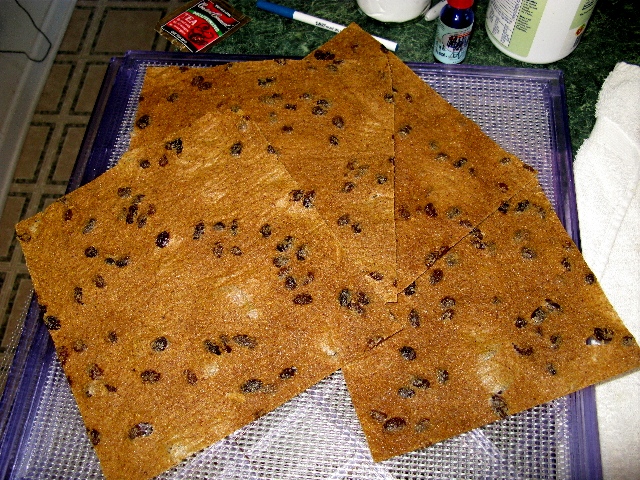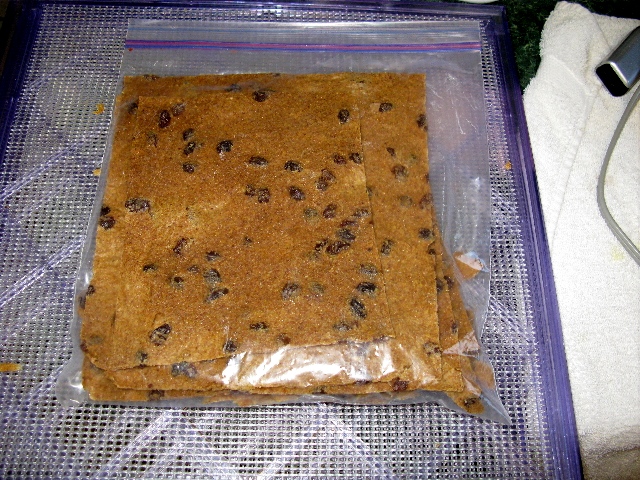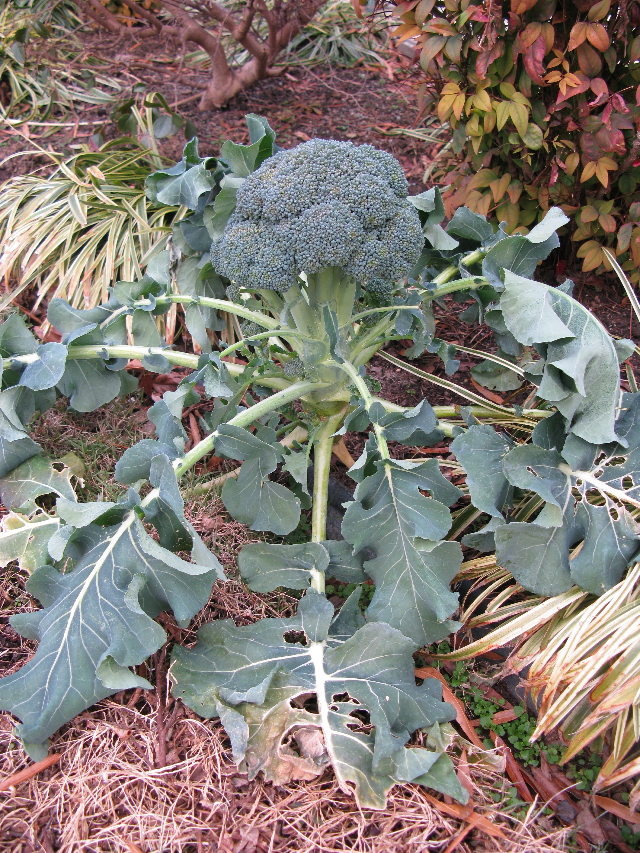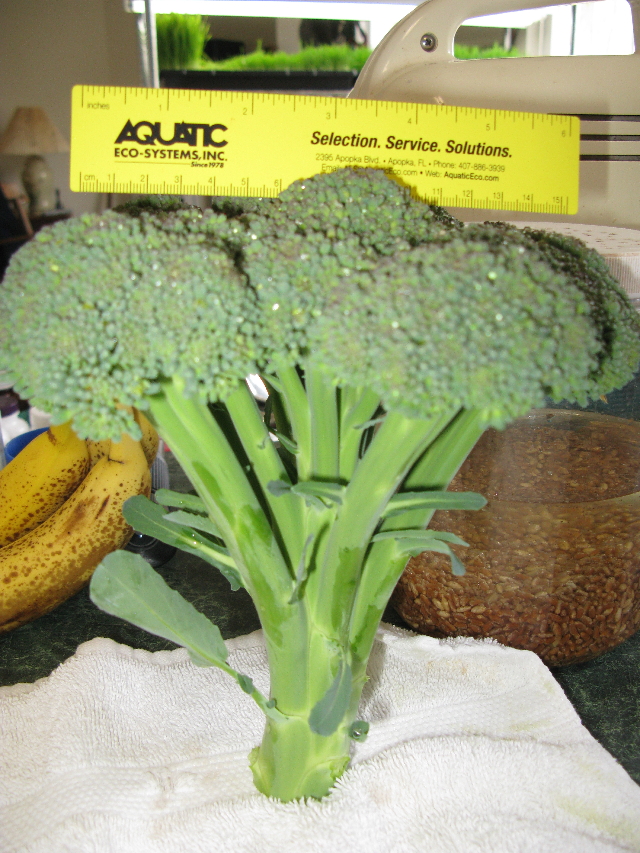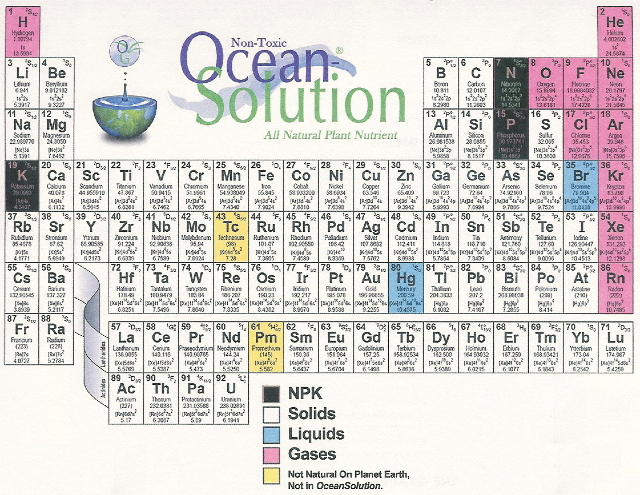At the church I have been attending of late, the pastor, Dr. Munro, usually prepares questions for the older children (who attend the preaching service) to discuss when they go to their respective classes after the service is over. The questions help the children discuss what they heard in the sermon. The children discuss the questions with their teachers and sometimes draw pictures that represent their impression of the sermon.
At present Dr. Munro is doing a short series on the Christian doctrine of the Rapture of the Church—the belief that all believers in Christ will be removed from the earth (the deceased first, followed by those alive) to meet Christ in the air above the earth. (The event itself is described in 1 Thessalonians 4:13-18; the dynamics in 1 Corinthians 15:50-53.) This is not the Second Coming of Christ, but an event that removes all Christians from the earth (Revelation 3:10) prior to a time of great judgment that comes against those who have rebelled against God. If you are not familiar with the biblical teaching on the Rapture (Christians differ, as you might expect), Dr. Munro taught last week that it is an event that takes place instantaneously—the common view among evangelical Christians who hold to this doctrine. One moment, Christians are here on earth; the next minute they have vanished.
Well -- today he shared with the congregation a picture drawn by a fourth grade boy who heard last week's sermon. He should have shown it on the large video screens, but didn't—he just described it:
The boy turned his paper horizontally and drew a vertical line down the middle, separating the page into two equal-sized panels. Both panels were a child's rendering of the inside of the vast Calvary Church sanctuary—rows and rows of pews.
In the left-hand panel there was a clock on the wall that showed the time: 10:47 a.m.—the middle of the worship service. The pews were filled with innumerable circles representing the heads of those in attendance. The place was packed; not an empty seat anywhere.
The right-hand panel showed the identical scene of clock and pews. Only this time the clock read 10:48 a.m.—one minute later—and the pews were all empty except for a few scattered people on the back row. Above one of the heads of the people on the back row was a cartoon-like speech bubble, pointing to one of the people. Inside the bubble were the words, "What just happened?!"
This fourth-grader was communicating two things: One, he understood the nature of the Rapture to be the instantaneous removal of Christians from the earth—10:47 they're here, 10:48 they're not. And second, at such a young age, he had picked up the idea that folks who sit on the back row in church aren't really Christians at all—that they would be left wondering "what just happened?!" after the Rapture.
Calvary Church is well-versed in this doctrine and they "got it" immediately as Dr. Munro delivered the punch line. There were waves of laughter. Thousands of people in the sanctuary wanted to turn around to see who was sitting on the back row this morning—all in good fun, of course. And in his Scottish brogue, Dr. Munro, in an "I'm just saying" kind of way, said, "Front row in church, front row in heaven!"
Okay -- you had to be there. But it was great fun. And all "out of the mouth of a babe." Amazing what children pick up when we don't think they're listening (for good and for ill).




